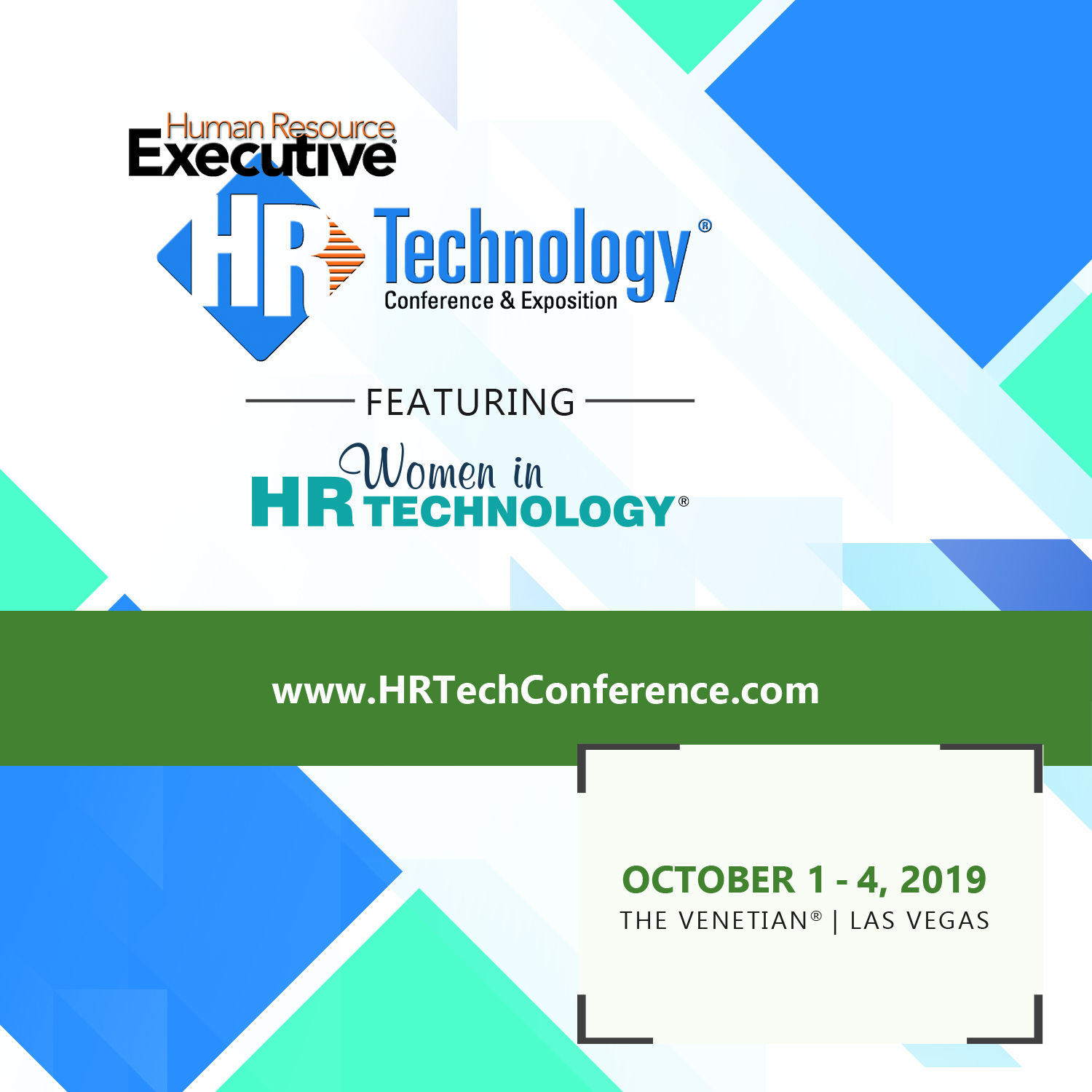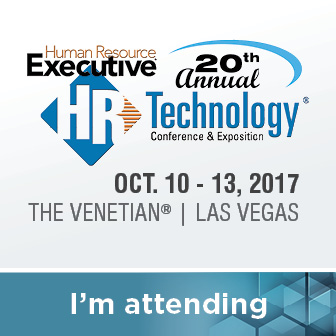There has been a proliferation of new communication technologies and services that are/can be used for work purposes in the last several years. Whether it is the newer tools that have seen increased adoption in the workplace like Slack or the just released Microsoft Teams, collaboration technologies that have adopted chat or discussion features like Box or Evernote, and of course the myriad social platforms that are also used for work communication like LinkedIn, Facebook, WhatsApp, etc. and the sheer number of places, systems, and tools that a modern professional has to keep up with is pretty daunting at times.
Oh, and I didn't even mention email, voicemail, and (lord help us, the actual phone). Who knows what tool to use or where to look for, check, or send a new message these days?
The comic from xkcd below illustrates this problem in a succinct, and clever way, (email and RSS subscribers may need to click through)

For me, the (sub-optimal) answer has been to mostly ignore the communication tools that I would prefer not to use at all for work reasons, (voicemail, Twitter DMs, Facebook, and most LinkedIn messages). My strategy is that the people trying to connect with me using those media will eventually interpret my non-responsiveness as a signal that they (if they really need to reach me for work reasons), try another method.
For what's it worth, some time back I blogged about the preferred ways to contact me for work reasons to try and make it more clear how I would prefer to communicate.
But the problem with that old list, and with simply ignoring (or shutting off) any of the other popular tools for business communication is that it fails to take into account what the other person would prefer. So taking a blanket approach like I have, (essentially I want everything to be in email, while I am not always great about keeping up with it at times, at least I know where I can find everything), or text (I actually like texting for work a lot, it keeps things short and sweet), keeps me from effectively communicating with people who might like phone calls or who are comfortable using social networks like Twitter or Facebook for work purposes.
But the truth is almost no one would prefer to use every possible tool in the cartoon above to manage their work communication - it would be maddening if not impossible. And my guess is having to keep up with so many avenues for work communication are contributing to stress, burnout, and the inability to have any separation between work and not-work.
It is probably a pretty good idea for HR and talent leaders to be cognizant of how workplace communication tools have multiplied and how the associated expectations for employee monitoring and responsiveness have changed as well.
Some places do have written, (or at least well-understood but unwritten), expectations for reading and responding to email for example, but I bet not many have similar guidelines or cultural norms for newer tools like Slack, the use of public social networks or apps for workplace messaging, and when (or if), employees can and should use texting for work communication. In small organizations, and in small teams that tend to mostly interact within the team, it is usually something that is pretty easy to work out.
One quick discussion the manager should have on Day One should go something like this : "We use email for formal stuff and team or company wide announcements, (respond if you have to send a response, and do it within one day unless there are unusual circumstances), Slack for 'real' collaboration conversations, (respond according to the demands and schedules of the project/task), and texting only for brief, and usually essential, or time-sensitive reasons (respond accordingly, you know, like a human)." Don't mention tools like Facebook or WhatsApp if you don't want them used for workplace messaging and then you likely will never have an issue with employees having 17 different Inboxes to monitor every day.
And finally, if you are starting a new communication with someone you don't work with regularly, you don't know, or is outside your organization, start with the more formal traditional tools first, (email, phone, voicemail), and don't jump to Facebook Messenger or a Twitter DM unless you are sure the person wants to use those tools for work. Not every business contact wants you sliding into their DMs.
Ok, that's it, I am out. Probably need to take my own medicine know and try and catch up on my email.
But don't try leaving me a voicemail, it's full.

 Steve
Steve

